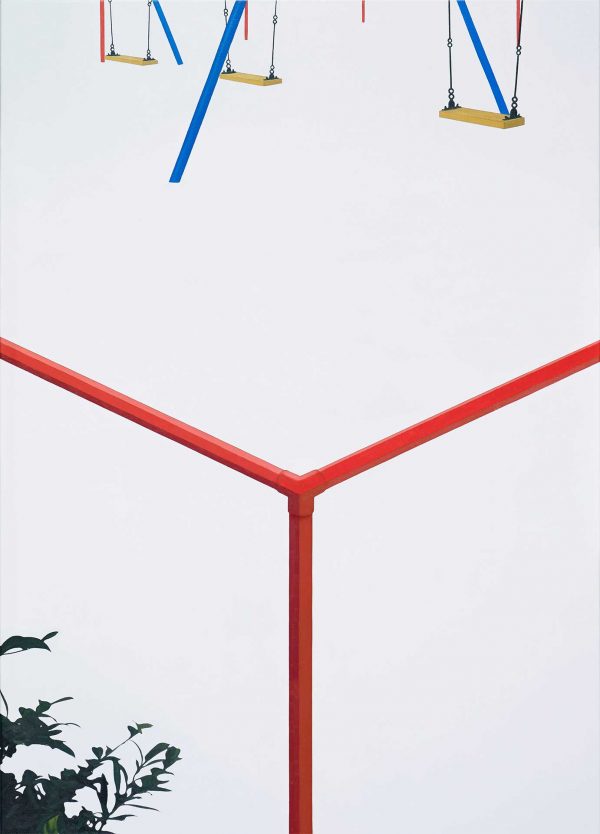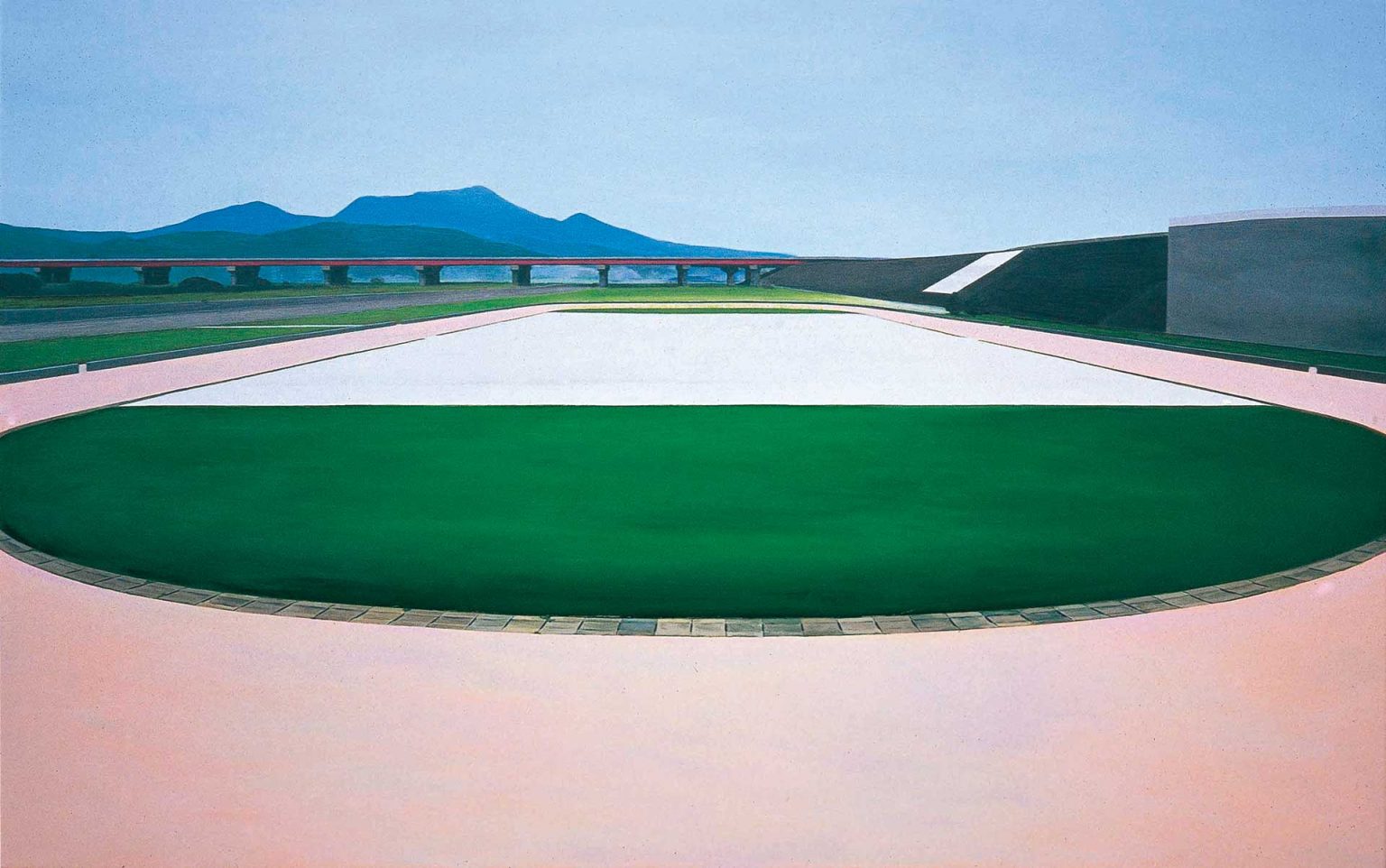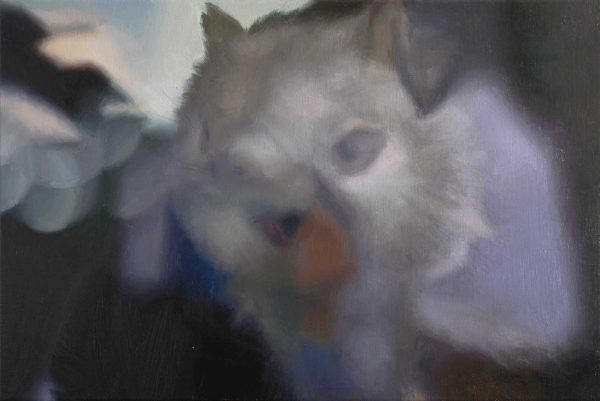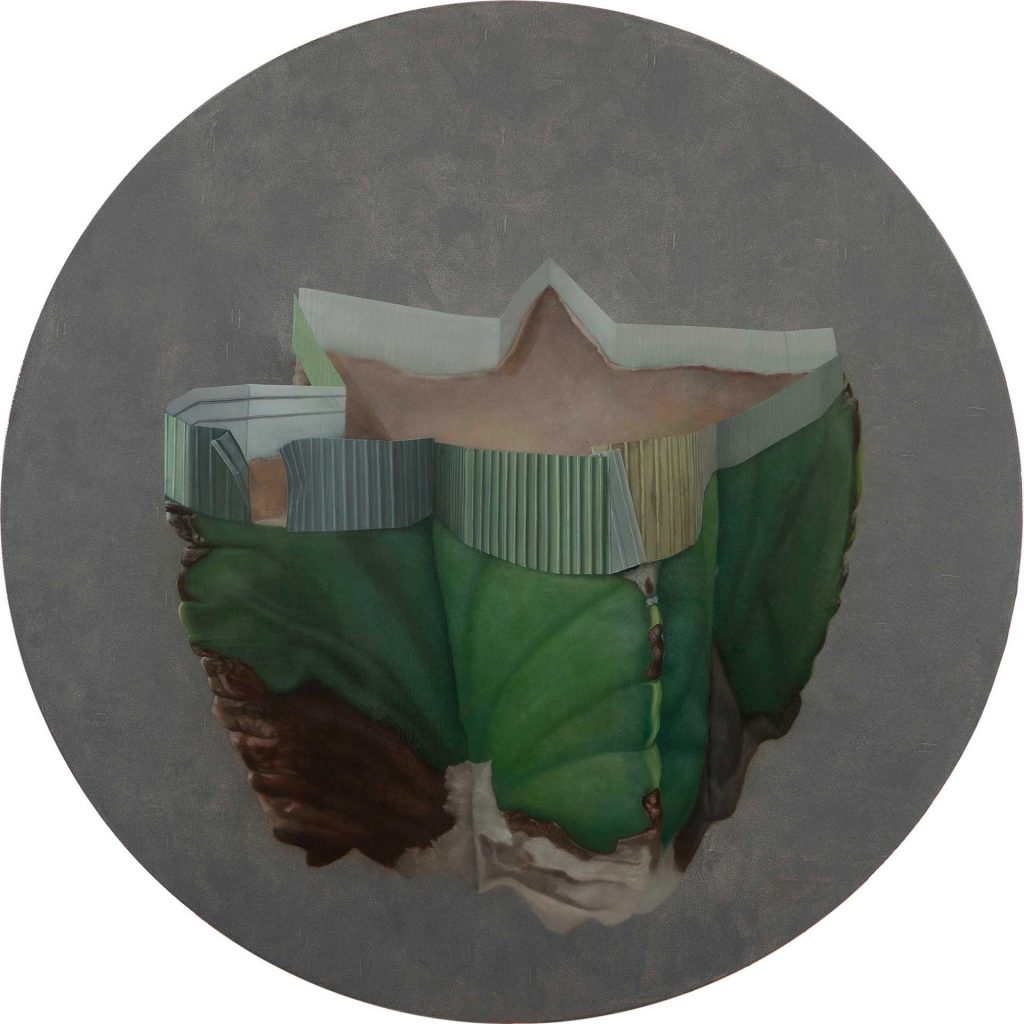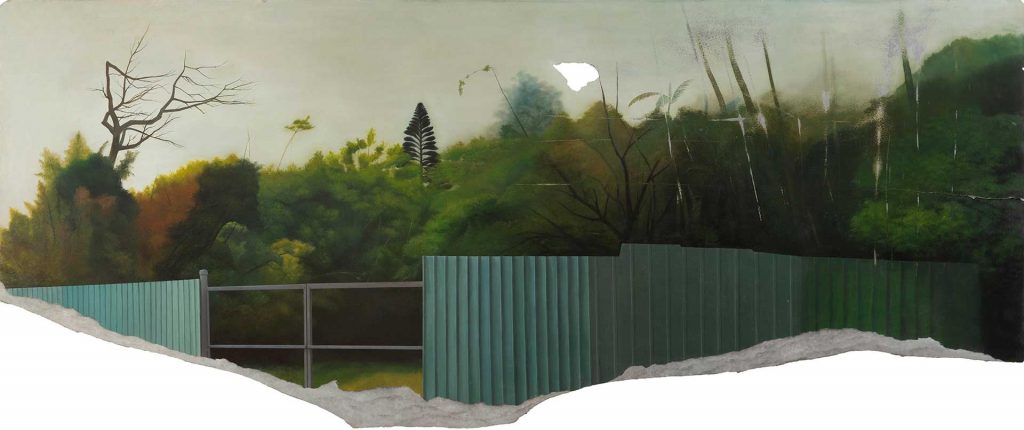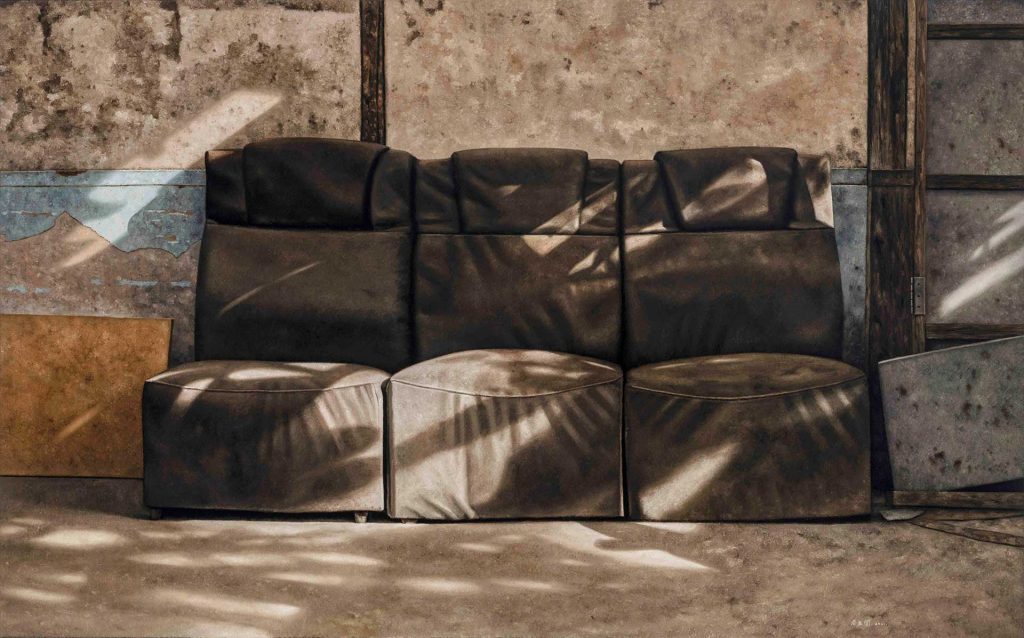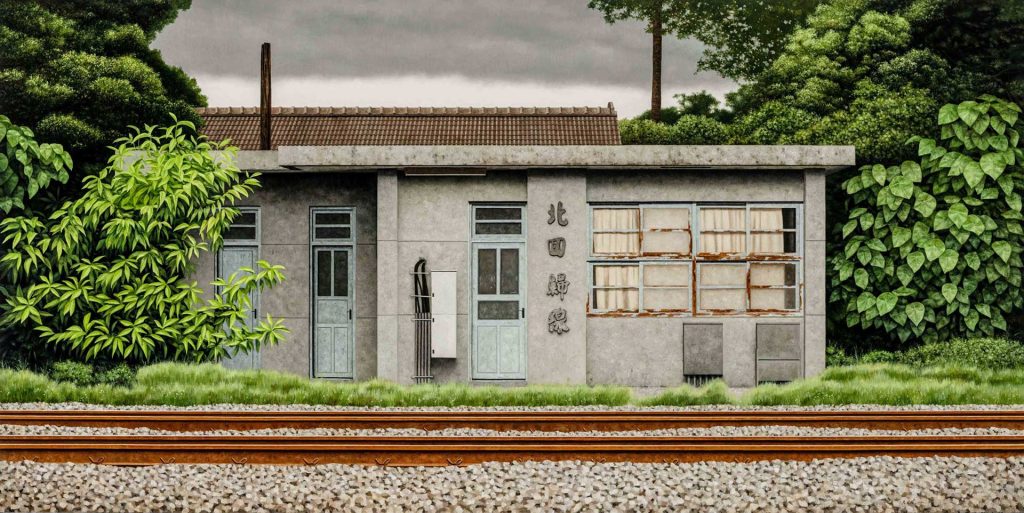Go to the official website
Exhibition introduction
Artificial Landscape - City as a Installation Art
The word “artificial” in the exhibition title – Artificial Landscape, refers to manmade elements in contemporary landscape in contrast to nature: These elements include things ranging from architecture, infrastructure, roads, parks, amusement facilities, to artificial lighting, etc. Meanwhile, it also refers to the pathways employed by artists to understand this world, based on which they further “create” varying landscapes. The term “create” is used here not to imply artists’ search of novelty in the environment in order to “reveal” a rarely visited place but instead points to how they construct landscapes from scratch through “travel.” American land artist Robert Smithson (1938-1973) once stated that “[b]etween the actual site…and The Nonsite (representation of the site) itself exists a space of metaphoric significance. It could be that ‘travel’ in this space is a vast metaphor.” Travel thus defined is naturally a form of creation; and each creation simply involves a wide range of cultural and natural elements since contemporary city is a mega installation – one that people are inescapably trapped within – formed through dynamic and often tensional interactions between these constructing dimensions. Particularly, when images of the world’s landscapes are constantly in production, how do artists from this era of technologized visuality perceive and represent this world?
This exhibition brings together four artists born in the 1980s and 1990s – Liao Zen-Ping, Lin Yen-Wei, Kao Kuan-Chun and Tsai Meng-Chang – who have experienced the drastic and rapid geographical and social changes in Taiwan in the 90s when grown up. In their individual art practices, they have respectively yet consistently focused on urban landscape and its representation, repeatedly traveling in the metaphorical space in both physical and virtual ways. Also, they excel in unveiling the visual, sculptural, uncanny, paradoxical, absurd or fantastic aesthetics of functional or practical spaces in the city. All four artists have cast their unique eye to the living environment – be it radical, nostalgic, political, cultural, perceptual, rational, microcosmic or macrocosmic. Through the combination of photography and painting, they have given birth to the “artificial landscape” emblematic of this era.


